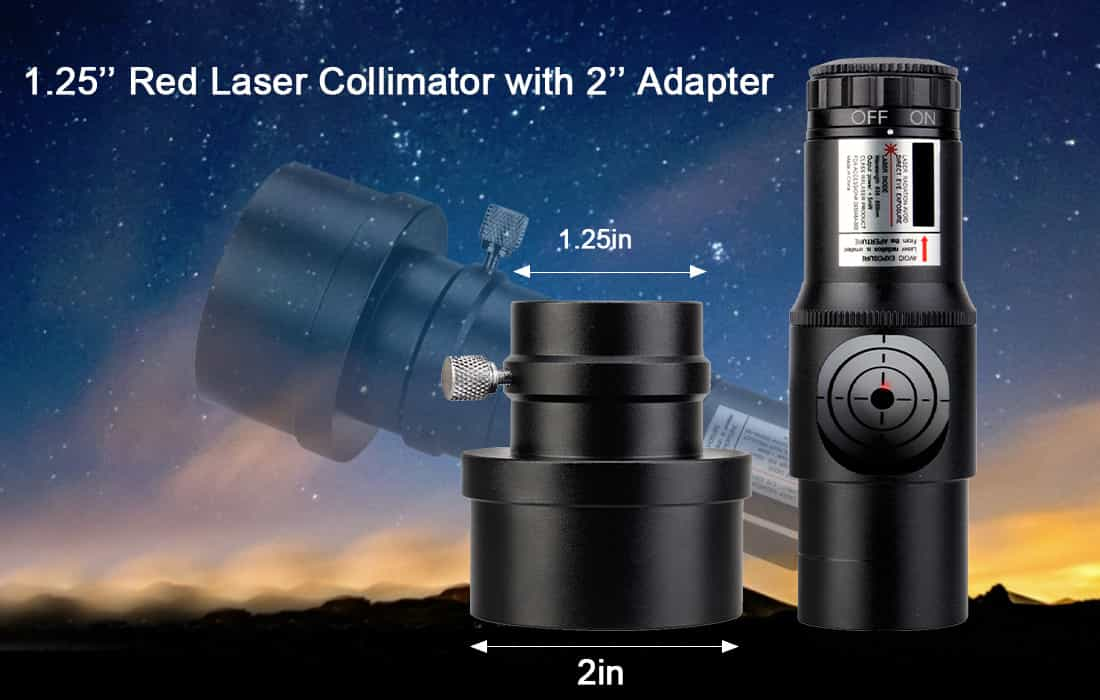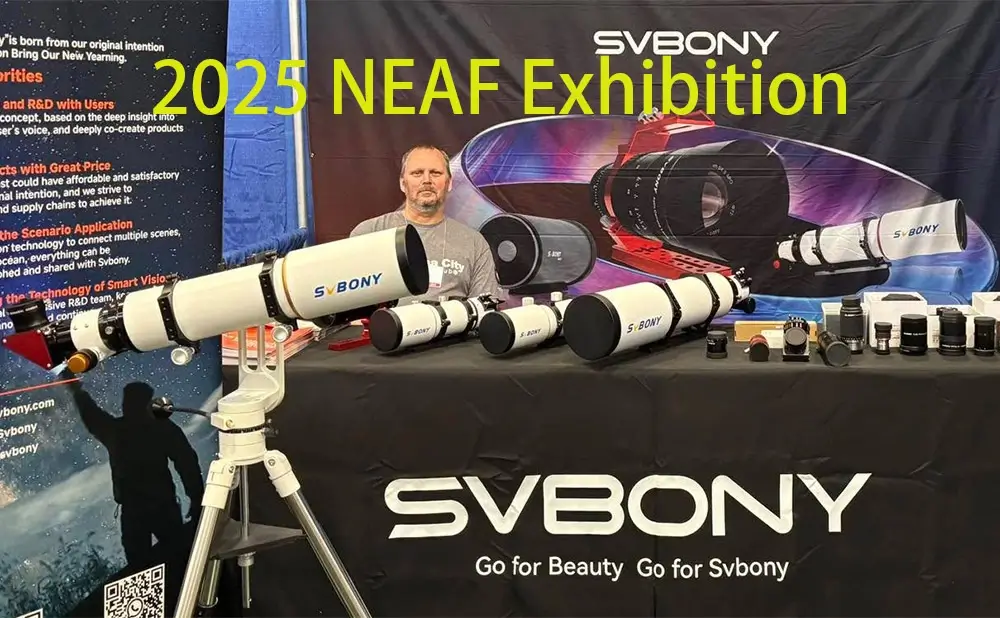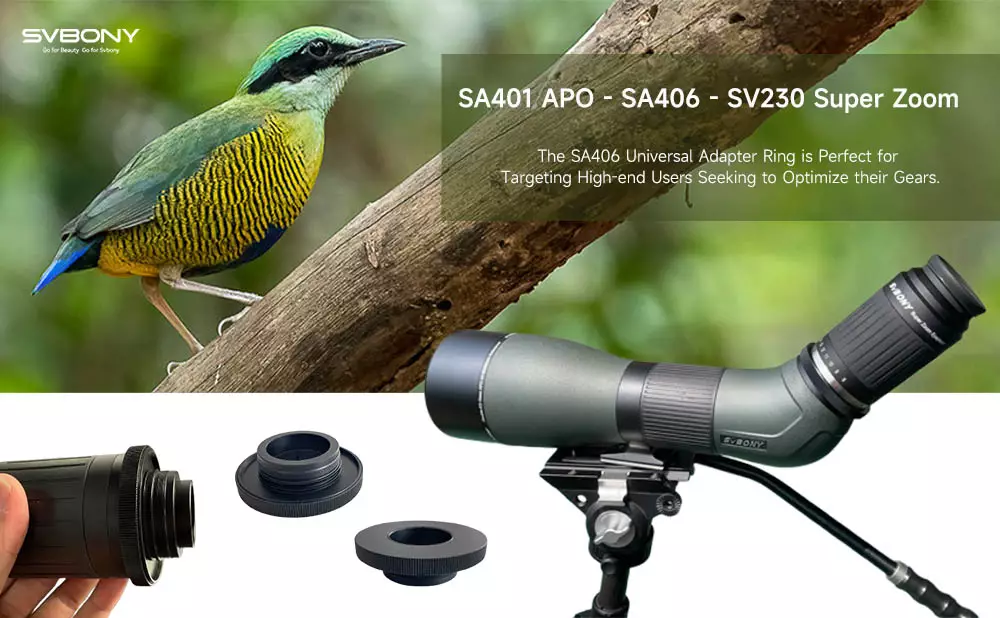How to collimate your telescope?
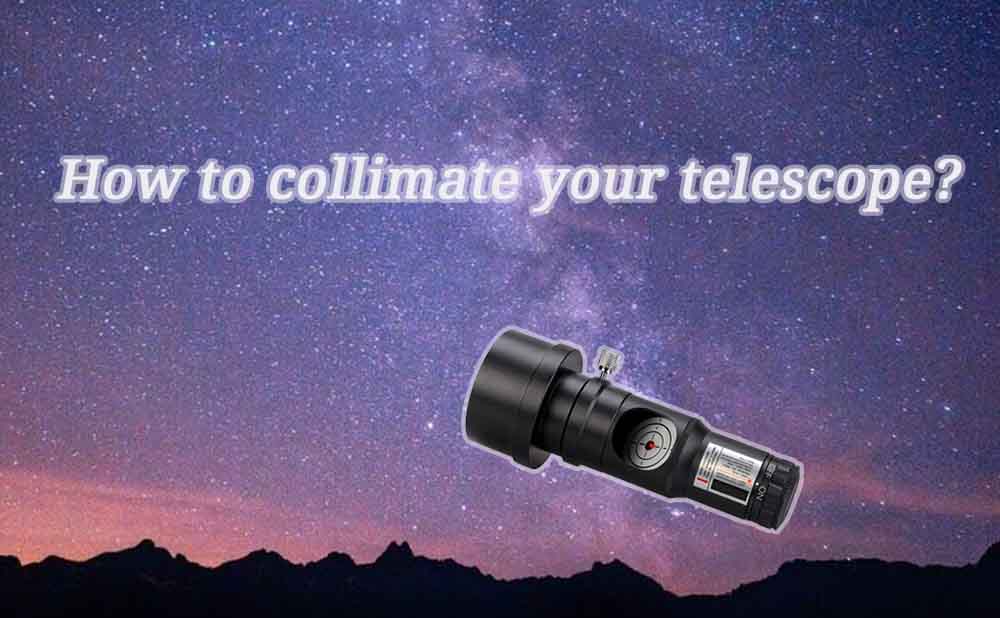
How to collimate your telescope?
Introduction:
Collimation is an essential process in maintaining optimal performance for telescopes. While there are different methods to collimate telescopes, using a laser collimator designed for Newtonian telescopes might not provide the desired pinpoint laser in an SCT. This blog post will explore alternative techniques shared by astrophotography enthusiasts online.
Understanding the Limitations of a Laser Collimator:
Many users have found that a standard laser collimator, typically used with Newtonian telescopes, does not function properly with SCTs. The laser dot tends to appear as a line rather than a pinpoint, making it less effective for collimation purposes.
Using Out-of-Focus Stars:
One widely recommended technique is to use an out-of-focus star to collimate an SCT. Follow these steps:
- Select a bright star from your observing location.
- Slightly defocus the star until it appears as a donut-shaped image.
- Adjust the secondary mirror until the donut shape is evenly spaced and symmetric.
- Make minor adjustments to the three screws on the secondary mirror, starting with the one closest to the thinnest part of the donut. Avoid over-tightening or over-loosening the screws.
Learning from Community Experiences:
Astrophotographers who have collimated their SCTs often share their experiences online. Participating in forums, such as the San Francisco and San Mateo amateur astronomer clubs or AstroBin, can provide valuable insights into successful collimation techniques.
Simulating Stars:
If you struggle to find a suitable out-of-focus star for collimation, there are ways to simulate stars. Some enthusiasts use devices that emit pinpoint light sources specifically designed for collimating telescopes. Another approach is to align the telescope on Polaris (the North Star) and utilize its brightness for collimation purposes.
Ensuring Proper Screw Adjustment:
While collimating, it's crucial to make small adjustments to the screws on the secondary mirror. Over-tightening or over-loosening can lead to issues with the collimation process. Follow the advice and experiences shared by experienced users to avoid potential pitfalls.
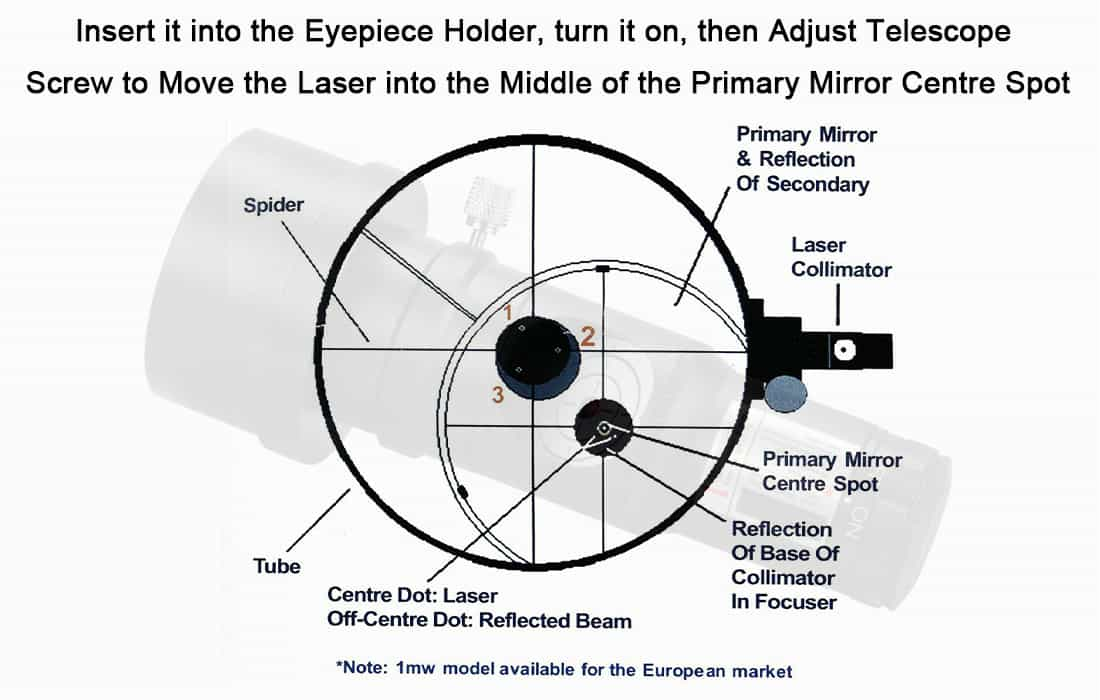
Conclusion:
While laser collimators may not provide the desired pinpoint laser dot, using out-of-focus stars and learning from community experiences can help achieve accurate collimation. Remember to take your time, be patient, and refer to reliable resources when collimating your telescope. With proper collimation, you'll ensure optimal performance and enjoyment of your celestial observations.



